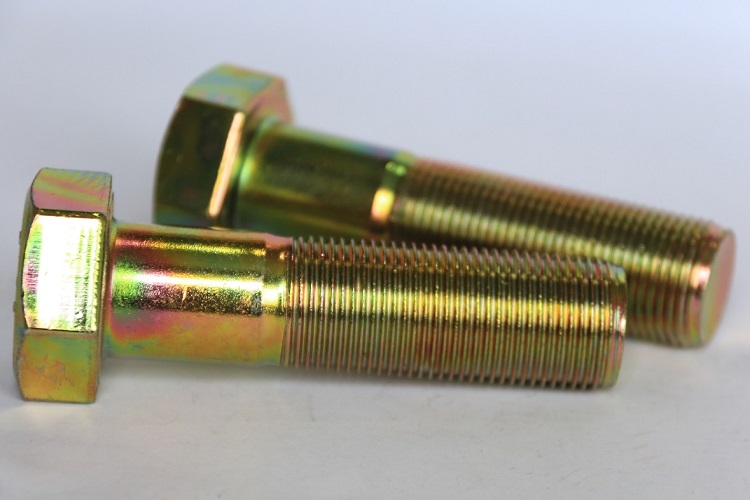Common tightening methods for hexagonal bolts
1. Torque control method:
- Manual torque wrench: Set the torque value according to bolt specs and preload needs. For M10 hex bolts in general industrial equipment with medium tightness requirements, 30 - 50N·m might be set. Operators turn it until a "click" sound indicates the set torque is reached. Suitable for low-precision preload scenarios like mechanical housing fixing and furniture assembly.
- Electric torque wrench: Used in large-scale production or high-precision scenarios like auto manufacturing lines. It's pre-programmed for accurate torque output. For example, cylinder head bolts in cars need ±5% torque accuracy, which it can achieve. It's efficient and ensures consistent tightening quality.
2. Angle control method:
First tighten to a starting torque to close gaps, then rotate the bolt 90° - 120° for final tightening. Good for high-strength bolt connections in steel structures of large bridges or heavy machinery where large forces are involved.
3. Marking method:
Mark the bolt head and connector. Tighten preliminarily to misalign marks, then continue until they align again. Simple but low-precision, for simple and low-preload scenarios like farm tool assembly or temporary brackets.
4. Hydraulic stretching method:
For large bolts (diameter over 50mm) in big structures like ships and offshore platforms. A hydraulic tensioner elongates the bolt, and preload is controlled by calculating the elongation. For ship main engine anchor bolts, it ensures reliable and uniform connections.



